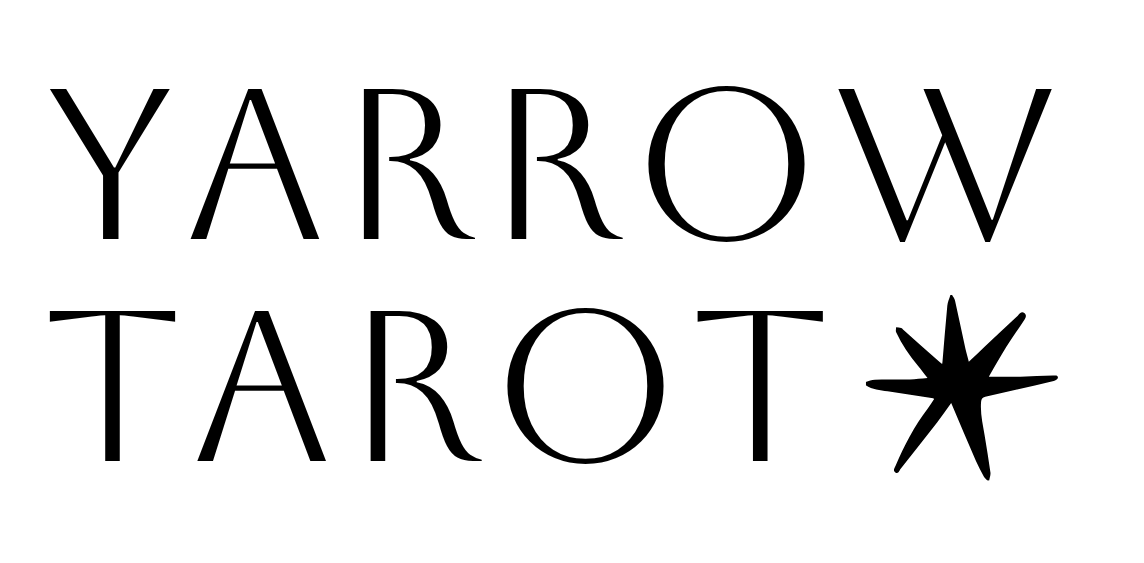Tarot as a mirror, not a map
When people first approach my table, it’s often with the hope of getting answers. What’s going to happen? What should I do? Do they love me? It’s a natural impulse — obviously uncertainty is uncomfortable, or divination practices wouldn’t have existed in ancient times. People have been looking to the heavens, bones, and nature for a clue for as long as we’ve been on this planet. Tarot is no different.
For much of tarot’s modern history, that’s exactly how it’s been presented: carnival booths, crystal balls, or late-night “call now” ads — tarot was often framed exclusively as an occult tool for fortune-telling. The reader was seen as someone who could peer into the future, pulling back life’s velvet curtain to deliver tidy predictions about love, money, or fate with the flip of a card.
But here’s the thing: tarot isn’t a GPS. It’s not going to tell you exactly which road to take, what time to turn left, or how long the trip will take. Every card carries nuance and adapts to the others that surround it. I believe tarot works best when you think of it as a mirror — something reflecting what’s already here, in you, and around you.
Over the past few decades, there’s been a noticeable shift towards this approach. Many contemporary readers now focus less on predicting a fixed outcome and more on exploring what could be at play through archetypes, symbols, and patterns that reflect human experience.
This is how I learned to read (thank you again, Carly!), and I credit authors/readers like Jessa Crispin, Jessica Dore, Lindsay Mack, Jen Cownie, and Fiona Lensvelt for championing this philosophy, too. Moving from prescriptive, binary (yes or no) readings feels expansive, collaborative, and honestly, queer! I cherish the opportunity to reflect alongside my clients, imagining what’s possible and reaping the wisdom the cards offer. It’s such a gift.
What a mirror will show you
Imagine looking in a mirror. It doesn’t change your face or direct your gaze. It simply reflects back what’s there, helping you see yourself more clearly. Tarot is much the same. The cards may expose the obvious (which is eerie and honestly can be extremely validating) or surface undercurrents you may not have noticed on your own.
For example, maybe we’ve pulled cards about a tricky relationship. You get the Two of Swords — a card about indecision and the agony of being at a crossroads, unable to move forward with either path. That doesn’t mean the cards are telling you which path to take. Instead, it’s holding up a mirror: Look at how you’ve been avoiding this decision. Notice how the discomfort is showing up in your body and mind.
From there, the real work (and power!) comes from what you decide to do with that insight.
Why this POV matters
If you think of tarot as a map, you may end up outsourcing your agency. Pulling card after card in search of the “right” answer is not only unhelpful, it’s a distraction from what really needs to happen — the inner work that drives action. Tarot without reflection can start to feel frustrating and empty; it’s simply not meant to take over your decision-making.
But when you return to an open approach, welcoming possibilities and personal insights, you stay in the driver’s seat. This reflection can help you be honest with yourself, name what you’re feeling, and recognize the deeper story beneath a situation. And when you see yourself clearly, you can take your next step with more confidence and self-trust.
A mirror can’t guide you the way a map can, no. But it can help you leave the house knowing exactly what you’re bringing with you. The cards will help you notice the strengths you might be underestimating, the fears you may be hiding, and the patterns you might be repeating.
